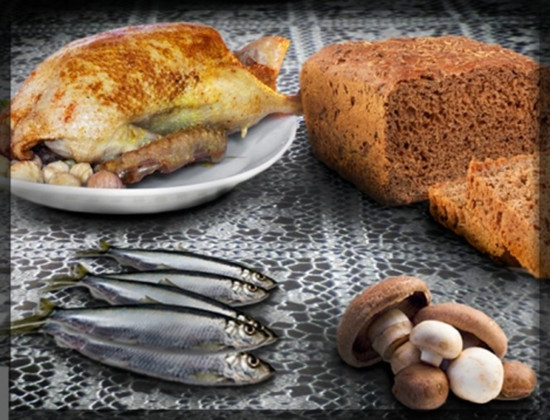"Czerwone jabłuszko"
Title: „Czerwone jabłuszko”: Red apple - choir XI High School
Region: Kujawy
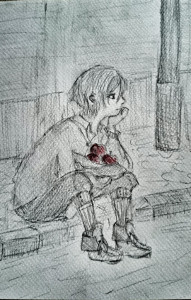
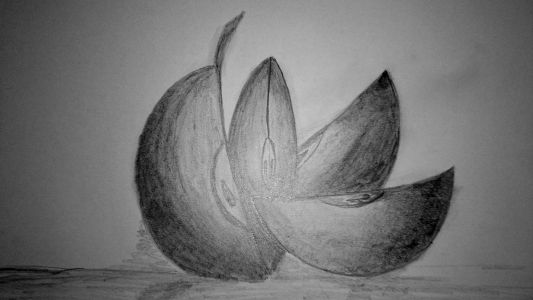
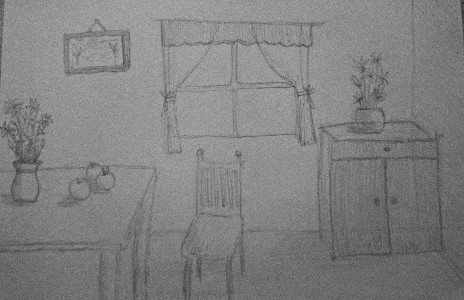
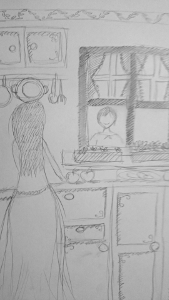
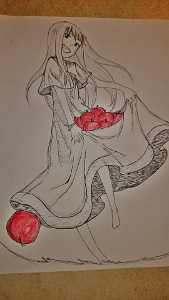
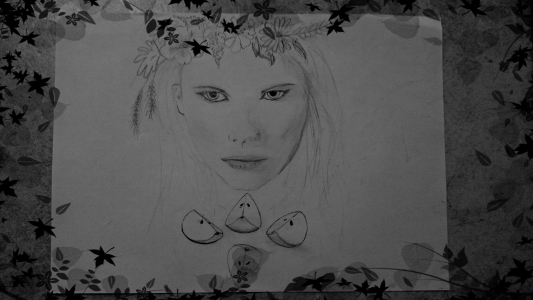
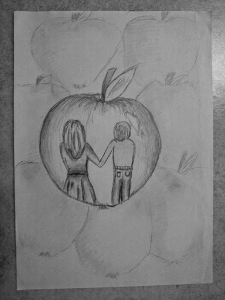
Kujawy
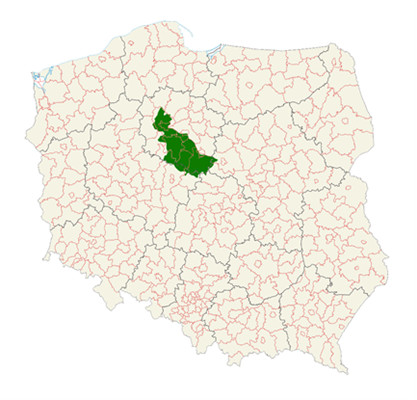
Kujawy ([kuˈjavɨ], sometimes referred to as Kuyavia or Cuyavia is a historical and ethnographic region in the north-central Poland, situated in the basin of the middle Vistula and upper Noteć Rivers. Kujawy is divided into three traditional parts - northern (with the capital in Bydgoszcz), western (the capital in Inowrocław, and eastern (the capital in Włocławek).
At Kujawy there are about 600 lakes. The biggest one is called Gopło and measures 24km. the region in known as the cradle of Polishness. There is a well-known legend connected with the lake. The legend tells a story about king Popiel. The area surrounding the place is a bird sanctuary and the bigger part surround the lake is protected in the form of a natural landscape park.
Kujawy Coat of arms
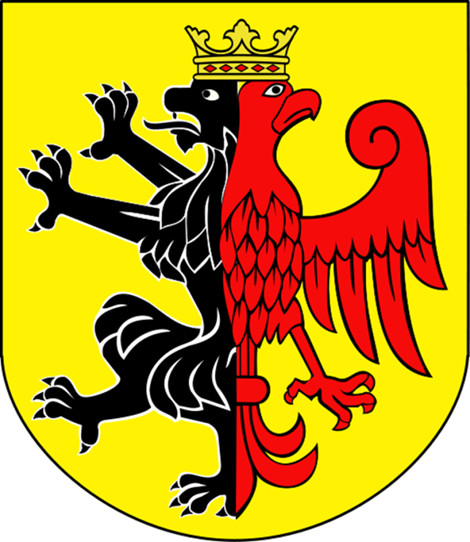
Music
The key feature of Kujawy music is its instrumenal character. The role of the lyrics is of secondary importance. They are usually short , limited to one stanza. To fulfill the extended melody the singer adds clusters of syllables which aren’t connected with the main theme of a song for example lah,lah lah Typical instruments of a Kujawy bend were two violins,a clarinet, a drum and a bass.The originality and special character of Kujawy music attracted F. Chopin’s ( Polish world –wide known composer and pianist) attention.Most Chopin’s mazurkas ( pieces of music) are kujawiaki which come from the above mentioned region.
Kujawiak
It’s a peaceful ¾ time dance. Legs are slightly bent dancers walk in the rhyme of quarter notes. Atmospheric,lyrical melody gives the dance a flirtarious character. The dancing steps are based mainly on gentle walk and spins, only the music accents at the end of a music phrase are highlited by stomps.
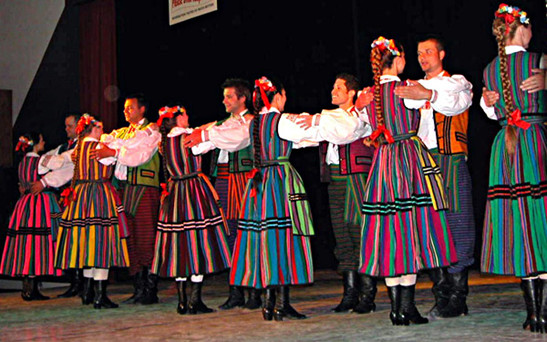
The Kujawiak is in triple meter and fairly slow. The dance usually involves couples walking gracefully in a quarter-note rhythm, on slightly bended knees, with relaxed turns and gently swaying. The first reference to a Kujawiak appeared in 1827. Folk names for the dance include 'sleepy' and 'lulling'. Composers who have written for this dance include Henryk Wieniawski. It is often lyrical and calm (supposedly representing the Kujawy landscape), and usually in a minor key.
In the Kujawy area, folk dances grouped under the label of the kujawiak have different names, depending on the particular figures used in them: ksebka (na kseb) (to oneself) - with turns to the left; odsibka (from oneself) - with turns to the right; gładki (smooth), owczarek (shepherd), okrągły (round), etc. These dances are at times arranged into dance cycles, starting with a slower one , ending with a fast whirl. In comparison to other dances with the dotted mazurka rhythms (i.e. patterns of a dotted eighth-note, a sixteenth, and two eighth-notes), the kujawiak has a slower tempo; there are many repetitions of the text and the melody. The fact that there is only one strophe of text for this dance (and for the oberek), has led some scholars to believe that it is predominantly an instrumental form (e.g. Aleksander Pawlak, 1980, 20). The singers often repeat "oj, dana, dana" phrases which imitate the sounds of the musical instruments.
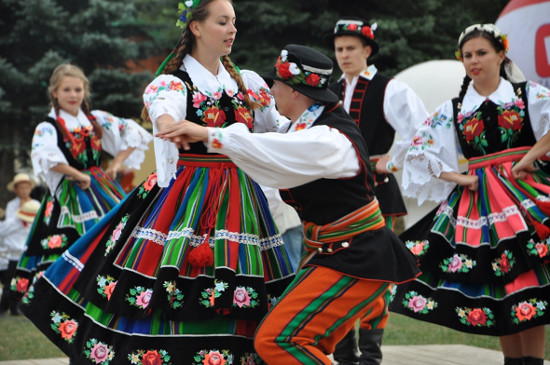
The Kujawiak is in triple meter and fairly slow. The dance usually involves couples walking gracefully in a quarter-note rhythm, on slightly bended knees, with relaxed turns and gently swaying. The first reference to a Kujawiak appeared in 1827. Folk names for the dance include 'sleepy' and 'lulling'. Composers who have written for this dance include Henryk Wieniawski. It is often lyrical and calm (supposedly representing the Kujawy landscape), and usually in a minor key.
Rituals
The people of Kujawy region, like people of the whole Poland had worshipped the Virgin Mary for centuries. It was believed that the Virgin Mary was a merciful carer of people and their every day affairs. She was perceived as a mediator between the human being and God - her son, Jesus Christ. Zygmunt Gloger wrote that the king Boleslaw Krzywousty and Wladyslaw Loketek, as well as all kings apart from dynasty of Sasi and Stanislaw August worshipped The Virgin Mary a lot. All the holidays connected with Virgin Mary were celebrated solemnly, but the most solemnly 2nd February was celebrated. It was formerly the day of Purifying of Virgin Mary, which marked the end of Christmas. On that day the candles were consecrated in the church. It was done - as Oskar Kolber wrote to commemorate the event from the Bible: "Symons holding the Savior in his arms said: You are the light to enlighten the pagans". According to the old tradition the consecrated candles were taken home and lit as the protection against the danger, to protect the home from storms and thunders (bolts). From this fact the name of the candle and the holiday derive. The candle was lit when the inhabitant of the house was dying. In the last moment of life the candle was given to the dying person as the sign of faith and to protect him/her from the evil. Exactly the same procedure was done during the baptism of a child, when the godparents held the lit candle. It was out of the question to use this candle for lightning the rooms. If during the procession the candle went out and there was no wind, it was considered to be a bad omen. Formerly, the people from Kujawy region like all Poles attributed the magic power protecting the people and their property from miseries to the candle.
Another widely practiced custom in the Kujawy region was so called "carrying away the young married women". It was celebrated on the Ash Wednesday, the first day of the Lent. Because of the pressures of the Catholic Church, that considered this custom to be discreditable for the seriousness of the Lent, the date of celebrating this custom was changed. This custom was a form of initiation, young married women were accepted as wives. It stressed the change in the social status of the married women. The women decorated the cart with scarves, ribbons, net curtains and pine twigs. They dressed themselves in different clothes, very often funny ones. All women dressed in old, shabby clothes of men and women. Later the women were accompanied by the dressed men. They were dressed in sheepskin coat and held straw brooms in their hands. Their duty was to prevent the young married woman from going away and they had to carry her to the inn, where the dances started.
Kujawy cuisine
This cuisine is rich and varied. One can find here numerous dishes using fish, forest mushrooms and blackberries. As the region is situated not far from the Baltic Sea people here have access to a variety of fish. They are served in the form of salads and soup. In dishes one can find vegetables typical for Polish cuisine for example beans, cabbage and peas. As far as meat is concerned pork and beef prevail as well as poultry: chicken and geese.
